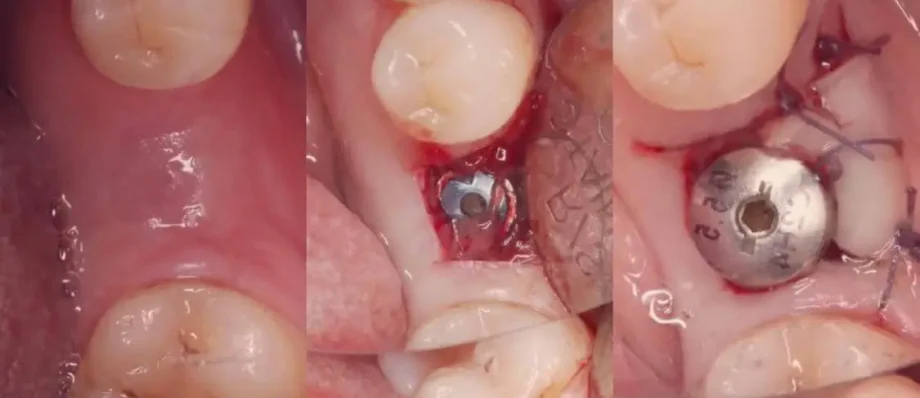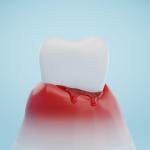The Modified Rolling Flap Technique (MRFT) is a surgical procedure commonly used in soft tissue management around dental implants. It is particularly useful for enhancing peri-implant soft tissue contours and improving esthetics, especially in cases where there is inadequate keratinized tissue or shallow vestibular depth around the implant.
Understanding Modified Rolling Flap Technique
The Modified Rolling Flap Technique involves the creation of a partial-thickness flap adjacent to the implant site, followed by a series of incisions and manipulations to reposition the soft tissue and create a more stable and esthetically pleasing soft tissue profile. The technique is called “rolling” because the flap is rolled or folded to cover the exposed implant surface and create a thicker soft tissue cuff around the implant.
Modified Rolling Flap Technique Steps
Here’s a step-by-step overview of the Modified Rolling Flap Technique for soft tissue augmentation:
- Flap Design
- Flap Elevation
- Incisions and Manipulations
- Rolling of the Flap
- Suturing
- Postoperative Care
Flap Design
The first step in the MRFT is to create a partial-thickness flap adjacent to the implant site. The flap is typically designed to preserve the blood supply and minimize trauma to the surrounding tissues. The incision is made along the gingival margin, extending beyond the implant site to ensure adequate access and visibility.
Flap Elevation
Once the flap is designed, it is carefully elevated to expose the underlying bone and implant surface. The flap is elevated to the desired extent, ensuring that it remains attached at the base to maintain vascularization.
Incisions and Manipulations
With the flap elevated, a series of incisions and manipulations are performed to reposition the soft tissue and create a thicker peri-implant mucosa. These incisions may include vertical releasing incisions or horizontal scoring incisions to release tension and allow for greater mobility of the soft tissue. The soft tissue is then manipulated and repositioned to cover the exposed implant surface fully.
Rolling of the Flap
The key step in the MRFT is the rolling of the flap to create a thicker soft tissue cuff around the implant. The flap is gently rolled or folded over the implant surface, ensuring that it completely covers the exposed portion of the implant. This rolling action helps to create a more stable soft tissue seal and improve the esthetic appearance of the peri-implant tissues.
Suturing
Once the flap is rolled over the implant surface, it is secured in place with sutures. The sutures are placed to stabilize the soft tissue and maintain the desired soft tissue contours. Care is taken to ensure proper wound closure and to minimize tension on the sutures.
Postoperative Care
After surgery, patients are instructed on proper postoperative care, including oral hygiene instructions and any necessary dietary restrictions. Patients may be prescribed pain medication and instructed to use antimicrobial mouth rinses to promote healing and reduce the risk of infection.
Conclusion
The Modified Rolling Flap Technique is a versatile and effective approach for managing soft tissue deficiencies around dental implants. It allows for the creation of a thicker and more stable soft tissue cuff, improving both the esthetics and the long-term success of the implant restoration. By carefully planning and executing the MRFT, clinicians can achieve optimal soft tissue outcomes and enhance patient satisfaction with their implant treatment.





